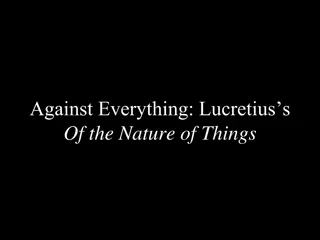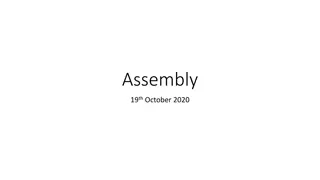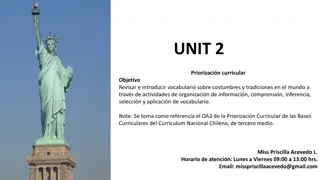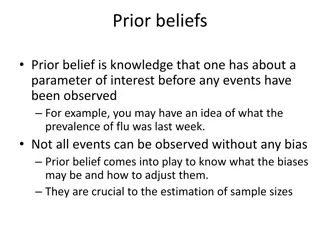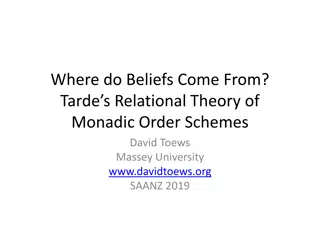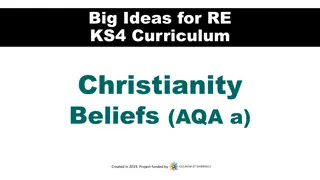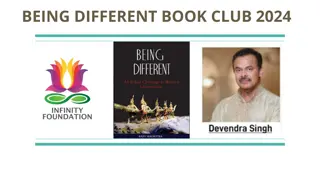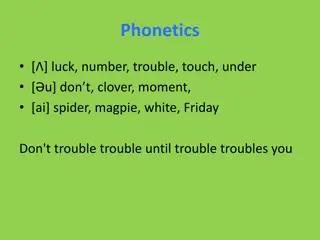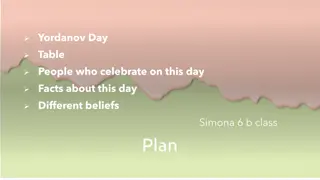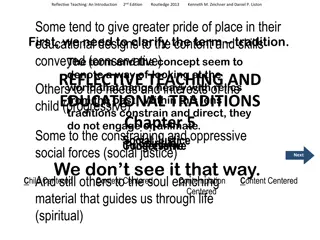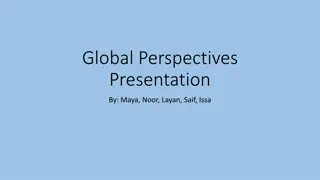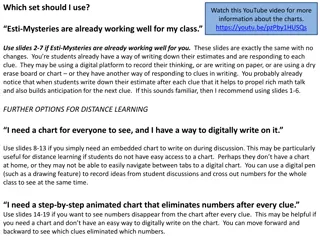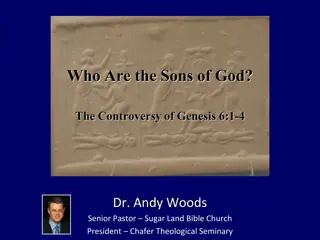Unveiling the Mysteries of Voodoo Beliefs and Traditions
Voodoo, originating in Africa and carried to the New World, is a syncretic denomination intertwining traditional African beliefs with elements of Christian faith. Voodooists worship a supreme god called Bondye and intermediate spirits known as Loa, engaging in ceremonies that involve ancestral worship, animism, and participatory rituals. Contrary to popular belief, the practice of poking pins into Voodoo dolls is a myth. This insightful overview sheds light on the diverse practices and spiritual aspects of Voodoo.
Download Presentation

Please find below an Image/Link to download the presentation.
The content on the website is provided AS IS for your information and personal use only. It may not be sold, licensed, or shared on other websites without obtaining consent from the author. Download presentation by click this link. If you encounter any issues during the download, it is possible that the publisher has removed the file from their server.
E N D
Presentation Transcript
VooDoo (also Vodun, Vodou) is an ancient syncretic denomination combining traditional African beliefs with Christian religious faiths. VooDoo originates in Africa, namely the modern territory of Benin, and was carried to the New World by African slaves. Thus, in America, voodoo is believed to combine traditions of Catholic, African and Native American beliefs. Voodoo is practiced worldwide, though the exact number of Voodooists is unknown. (Haas) The best- known are African, Haitian and Louisiana Voodoo. It is a religion of spirits.
There is no leader for all the voodoo adepts around the world Community-centered religion No scripture Traditions vary from community to community There is ordained clergy: Voodoo priests are Houngans (male), Mambos (female) (are chosen by the spirits; conduct ceremonies)
Similar to Catholics, Voodooists believe in a single supreme god called Bondye (the good god). (Beyer) He is in charge of the universal order and all the human activities. Bondye is a remote deity, the origin of life who created the whole world Loa are the deities closer to people who take part in their daily life. Loa can be compared with saints in Christianity. Three-tier system: 1st the supreme God, 2nd loa, the spirits of the diseased relatives, 3rd mortals. (Kelly)
Ancient traditions of ancestor worship and animism (Handwerk) Ceremonies are opened with the invocation of the Trinitarian God: DanbhalahWedo, A da Wedo and Legba (Felix). They contain ritual dancing and prayers The ceremonies are fully participatory with not only a houngan or a mambo participating but everyone present (Corbett) Loa are believed to mount the participants of the rituals (take over their bodies for a while)
Each Voodoo ceremony includes animal sacrifice aimed at re-juvenating and restoring the power of loa (Corbett). Killed animals are often cooked and served as a part of the service (Kelly). Rituals involve drawing spiritual symbols with powder (e.g. cornmeal). Each loa has its own sign (Beyer).
Poking pins into Voodoo dolls are a myth, this practice is not reflected in rituals. Temples are usually family heritage and may differ depending on the instructions received from the certain loa (Felix).
Voodoists believe there are two worlds: visible and invisible. As a person passes away he/she is believed to transfer to the invisible world, the world of spirit. Thus, Voodooists believe that the spirits of their relatives stay nearby and give high priority to honoring the spirits of ancestors. Vilokan is the home for spirits of the deceased and loa (Beyer). Similar to Christianity, Voodoo adherents must comply with the demands of spirits from which they ask help in order to achieve success and salvation.
Healing is an integral part of Voodoo practices. Most rituals are aimed at healing the injured or sick (Kelly). Voodoo priests can focus either on healing a person s spirit (e.g. broken heart) or a person s body (Kelly). Nevertheless, priests are not almighty, that s why voodooists accept modern medicine methods and traditions if they cannot cope with their illnesses with help of rituals.
In terms of religion, men and women are equal in their meaning as both women and men can be ordained and perform ceremonies. All the members of the community are to contribute to its prosperity and enrichment.
Beyer, Catherine. Bondye, the Good God of Vodou, Retrieved July 6 from: http://altreligion.about.com/od/mythologicalfigures/p/bondye.htm Beyer, Catherine. Vodou, an Introduction for Beginners, Retrieved July 6 from: http://altreligion.about.com/od/alternativereligionsaz/p/vodou.htm Corbett, Bob. Introduction to Voodoo in Haiti, Retrieved July 6 from: http://www2.webster.edu/~corbetre/haiti/voodoo/overview.htm Felix, Emmanuel, Jr.. Understanding Haitian Voodoo, Retrieved July 6 from: http://books.google.com.ua/books?id=1a6wS- DOac0C&printsec=frontcover&dq=voodoo&hl=ru&sa=X&ei=v- u2U4inCuuv7AbViIHYDQ&ved=0CEIQ6AEwBQ#v=onepage&q=voodoo& f=false Haas, Saumya Arya. What is Voodoo? Understanding a Misunderstood Religion, Retrieved July 6 from: http://www.huffingtonpost.com/saumya- arya-haas/what-is-vodou_b_827947.html Handwerk, Brian. Voodoo a Legitimate Religion, Anthropologist Says, Retrieved July 6 from: http://news.nationalgeographic.com/news/2002/10/1021_021021_taboov oodoo.html Kelly, Debra. 10 Things You Didn t Know About Voodoo, Retrieved July 6 from: http://listverse.com/2013/12/11/10-things-you-didnt-know-about- voodoo/
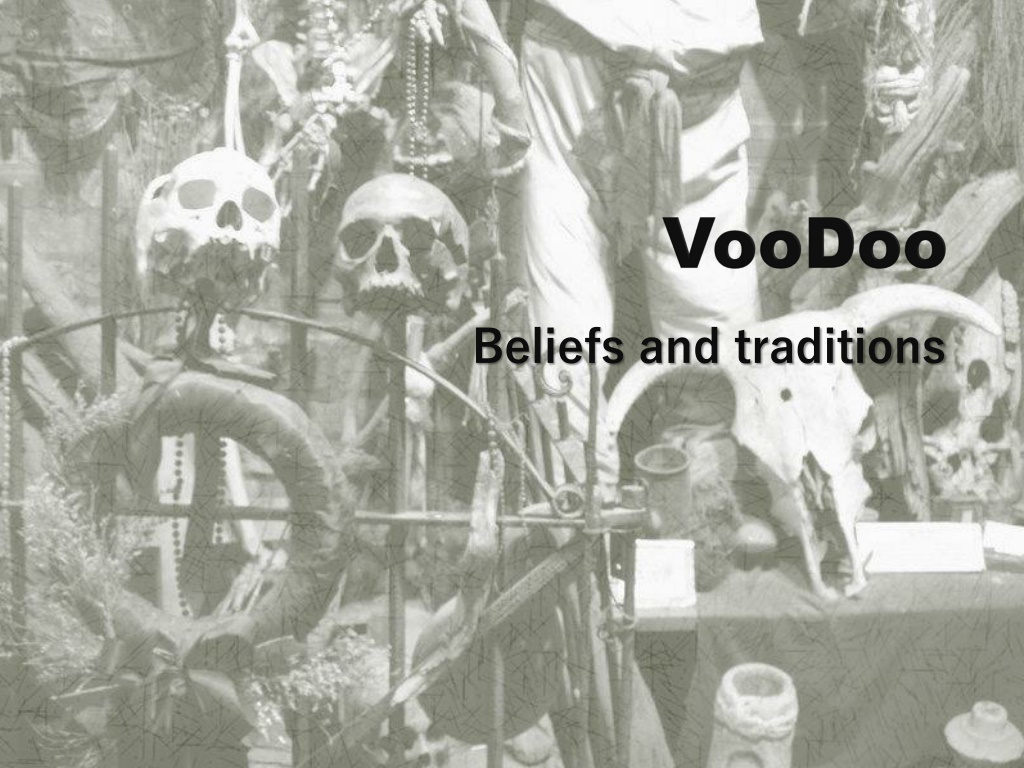
 undefined
undefined







![[PDF] DOWNLOAD READ Diagnosis Solving the Most Baffling Medical Mysterie](/thumb/9855/pdf-download-read-diagnosis-solving-the-most-baffling-medical-mysterie.jpg)
